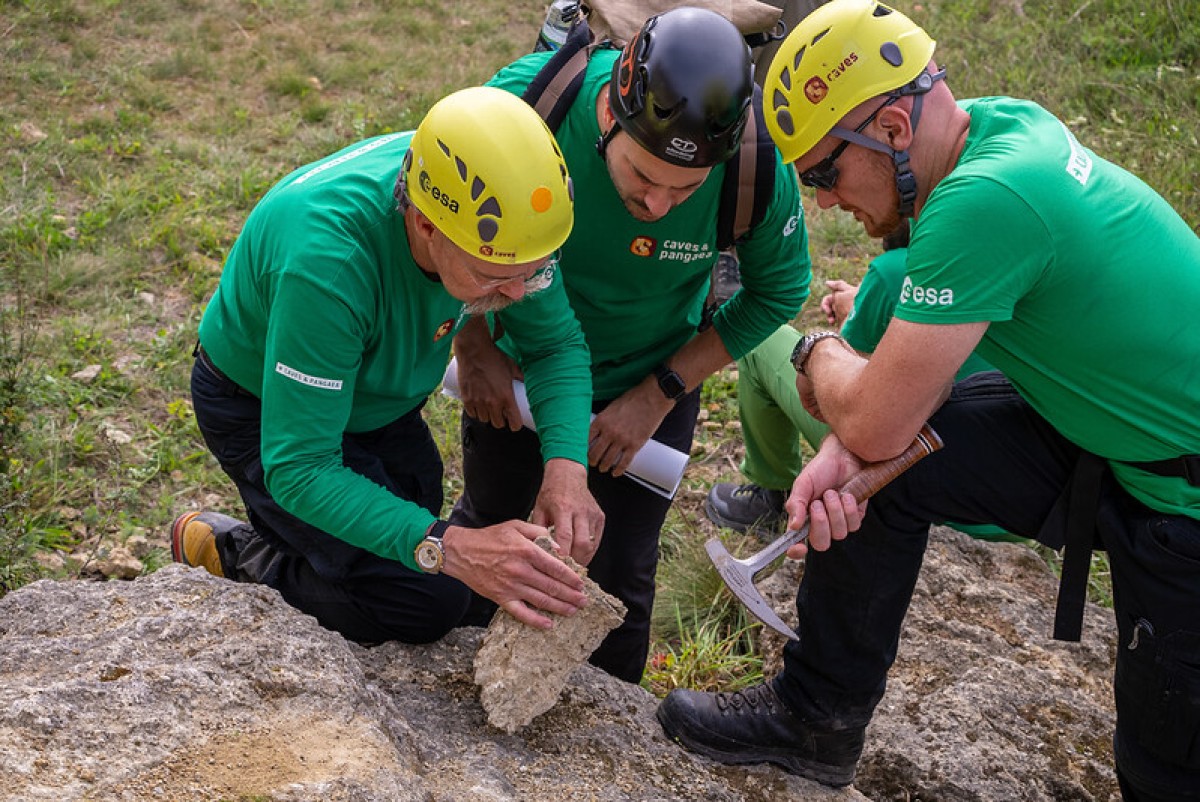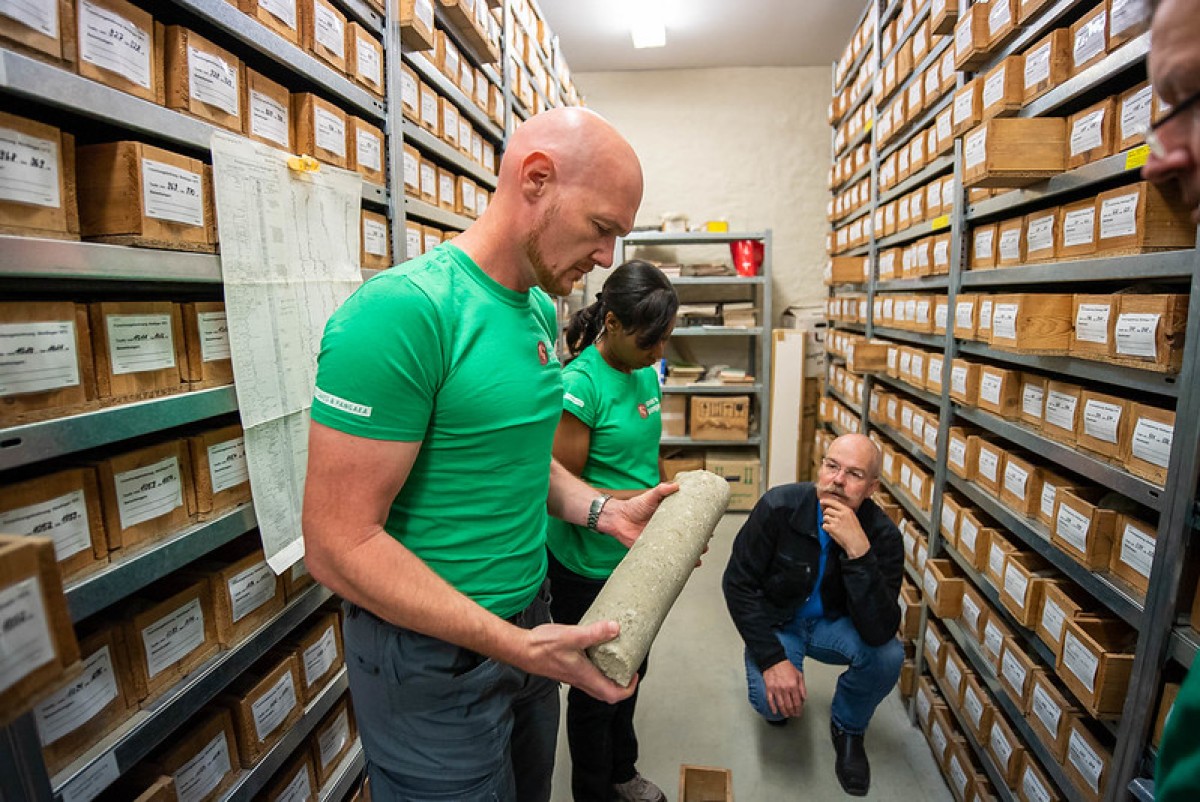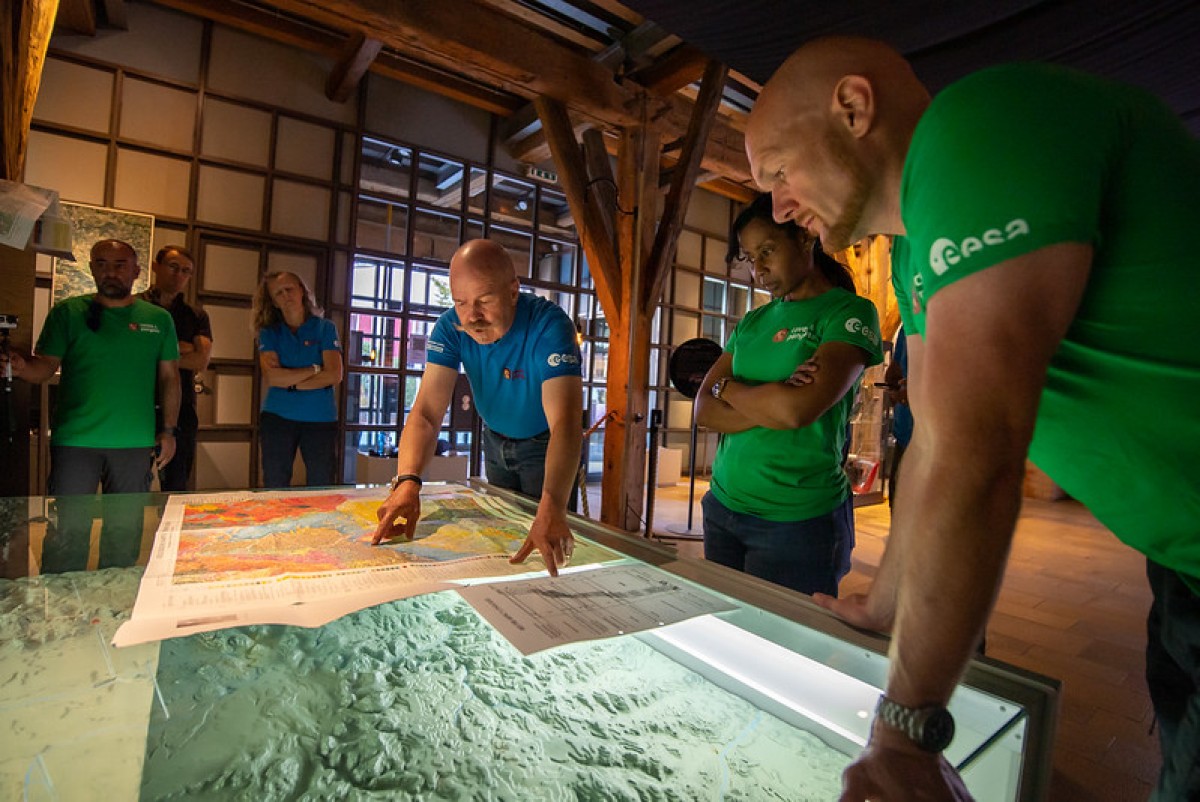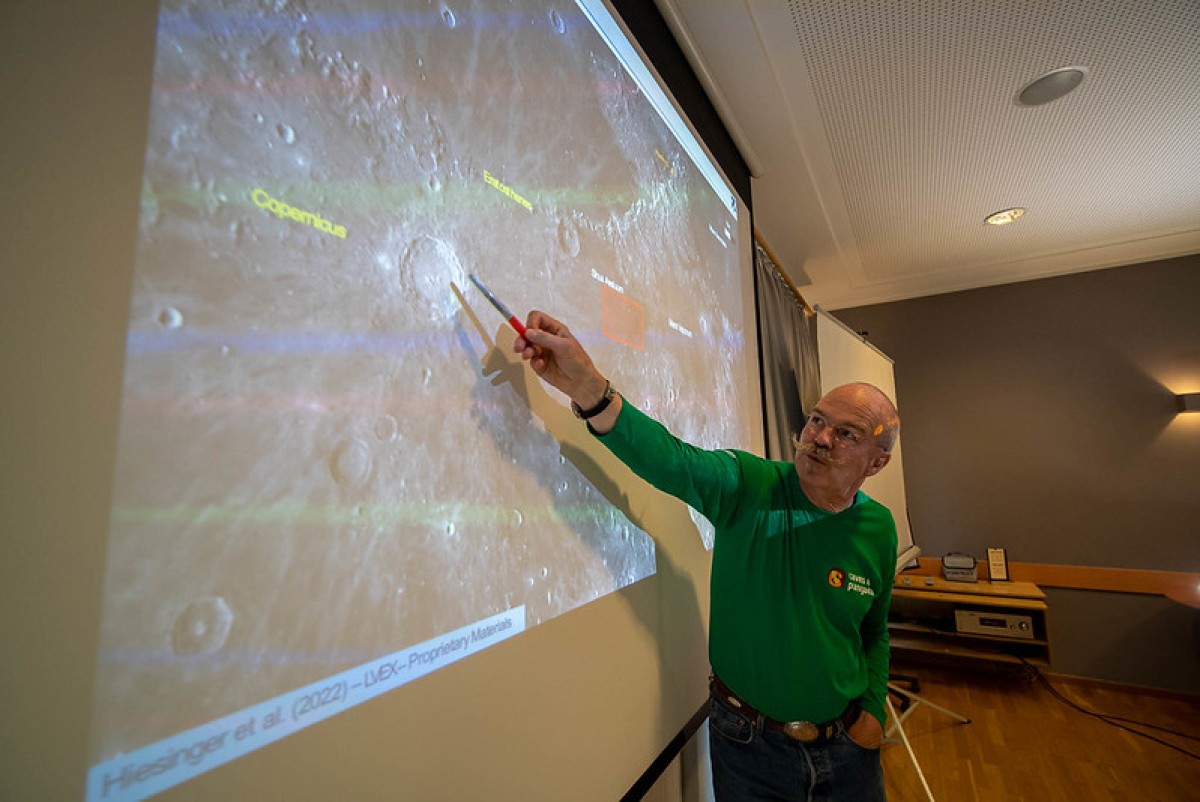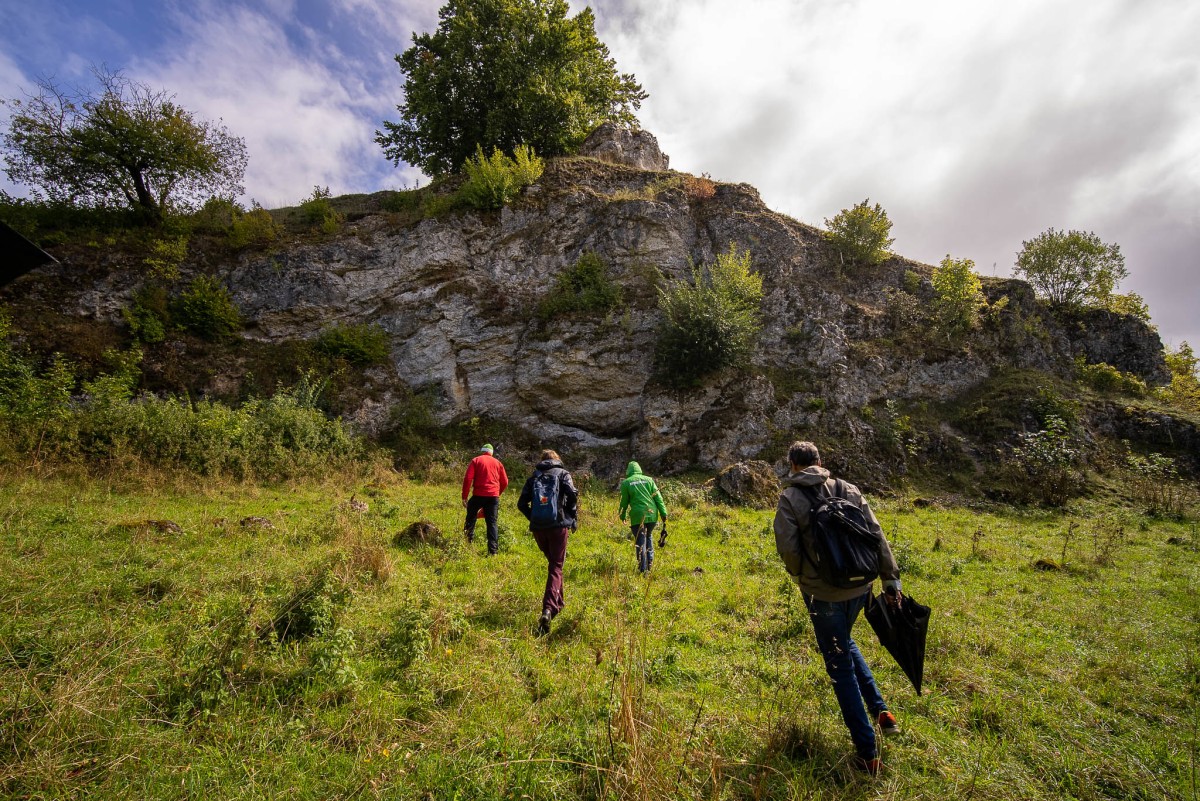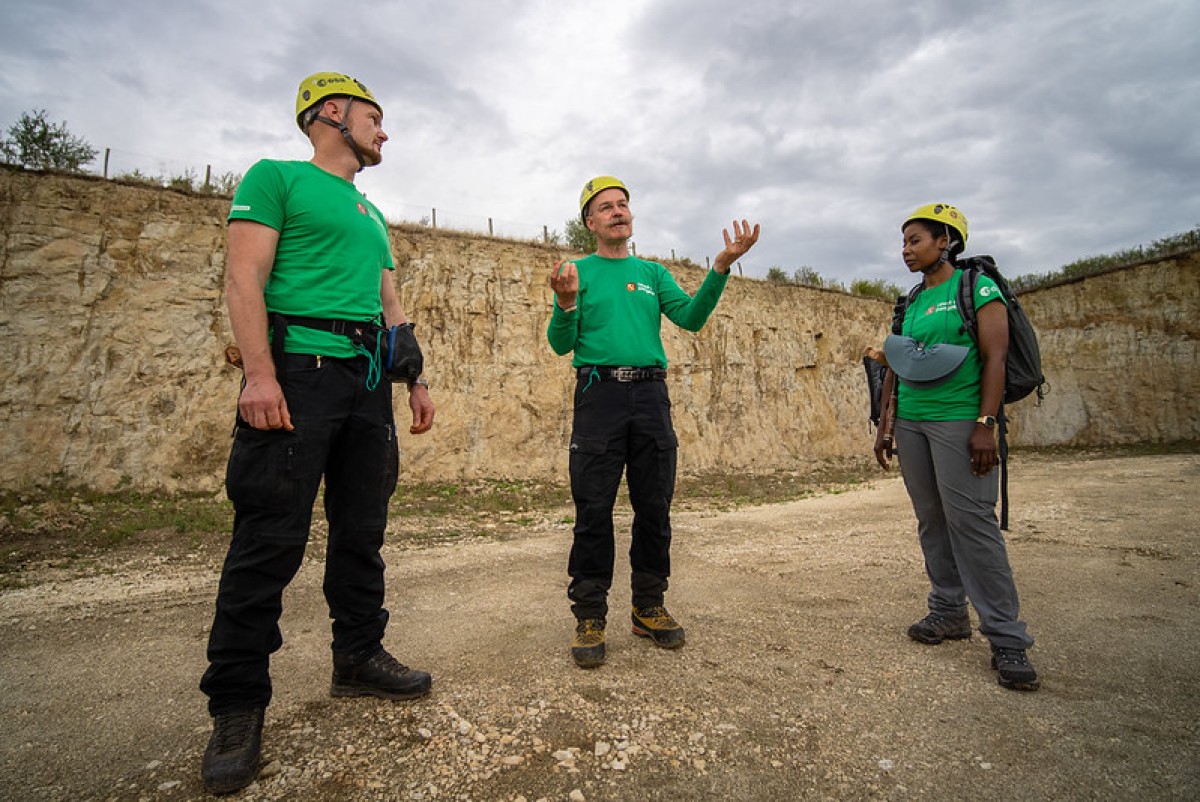
“Astronauts will be acting as field researchers again”
In a few years’ time, men want to return to the Moon. Astronauts are to take part in Artemis missions, planning and carrying out geological expeditions on the surface of the Moon. With the aim of providing the best possible preparation for these tasks, the European Space Agency (ESA) set up PANGAEA (Planetary ANalogue Geological and Astrobiological Exercise for Astronauts). Since 2016, astronauts from, so far, three space agencies have been provided with the essential knowledge and competences in field geology required for exploring the Moon. Kathrin Kottke spoke to Dr. Harald Hiesinger, PANGAEA course instructor and Professor of Geological Planetology at the University of Münster, about the training programme and the role of geological field research on the Moon.
Why is this scientific training important?
There are lots of astronauts with a scientific background, but only a few with experience in geological field research. But for future manned missions to the Moon and to Mars, we will need astronauts who can investigate the surface in complex geological surroundings. PANGAEA includes a number of courses which deal with topics relating to the geological and astrobiological exploration of planets and which provide participants with specialist scientific knowledge.
Who takes part in the courses and how do they proceed?
Among the participants are ESA and NASA astronauts, and – in the past – Roscosmos cosmonauts, as well as mission designers, operative personnel and engineers. The training is based on theory and practice, although teaching in the ‘classroom’ and in the field are closely interlinked. It’s important that what is learned in theory should be applied directly in practice. The sessions are designed in such a way as to increase the students’ ability to work independently in field geology. To this end, the sessions include not only on-site surveys, either guided or carried out independently, but also practice in techniques for taking samples. We travel to a variety of locations so that course participants can become acquainted with different geological formations and structures.
Which locations exactly?
Our field locations include the Permian-Triassic sediment sequence in the Italian Dolomites, impact lithologies in the Ries crater in the south of Germany, a wide range of volcanic deposits on Lanzarote, and outcrops of anorthosite on Lofoten in Norway.
Every area presumably has its own specific features?
Each of these areas serves as a basis for putting into practice the most important lessons: firstly, the Earth’s geology, recognising different rocks and sedimentology on the Earth and on Mars; secondly, the geology of the Moon and impact craters; thirdly, volcanism on the Earth, on the Moon and on Mars, as well as astrobiology; and fourthly, so-called intrusive rock and the development of the original lunar crust.
Are the astronauts then ‘proper’ scientists?
They certainly are! We offer a programme which is compact – but which also very intensive and demanding. At the end, the astronauts must be able to make scientific decisions largely on their own. In the Apollo programme, the concept of ‘Train them, trust them and turn them loose’ very much proved its worth. This is the only way of ensuring that we utilize fully the enormous competences which astronauts have, so that they can learn as much as possible in a short period of time about the celestial body they are visiting. In other words, the astronauts will be acting as field researchers again, exploring the unknown surroundings on the surface of the planet.
What exactly are they being prepared for?
For example, they’ll have to study their surroundings in order to identify rocks and formations which are of scientific interest. For this purpose, they use portable instruments and camera systems with which they collect information. They communicate their finds and their insights to the team of scientists on the ground. Then they decide together what the next steps are to be.
What exactly is your role in the courses?
My role is to familiarise the astronauts with the geology of the Moon. I look at topics such as volcanism on the Moon, impact processes and how impacts – from small bodies such as meteoroids, asteroids and comets – can be used to date the age of surfaces. We also look at volatile components, for example water, in the crater floors which are permanently in shadow, in the vicinity of the poles, which can be used by astronauts for exploring the Moon. I also do an exercise with the astronauts on the geological mapping of an area of the Moon in order for them ultimately to have a sound knowledge of the Moon and of still unanswered scientific questions.
Please give us a more precise description of the practical exercises which are carried out.
Together with colleagues from the Ries crater museum and the Geopark, and parallel to the theoretical teaching, I conduct excursions in the Ries crater on which the astronauts can gather direct experience in impact geology. In the field we discuss the different rocks, morphologies, processes, and any open questions – and how this knowledge can be used on the Moon. It never ceases to fascinate me to see how quickly the astronauts not only absorb information but also recognise gaps in our knowledge and identify scientific questions needing answers. And what is ultimately very gratifying is to see how curious the astronauts are and how interested they are in exploring our solar system.
What happens next?
Having published our findings from the training programme in the journal ‘Acta Astronautica’, new courses are now set to follow which build on our experiences and on the feedback from the astronauts. In September I’ll be off to the Nördlinger Ries again to train the next cohort.

